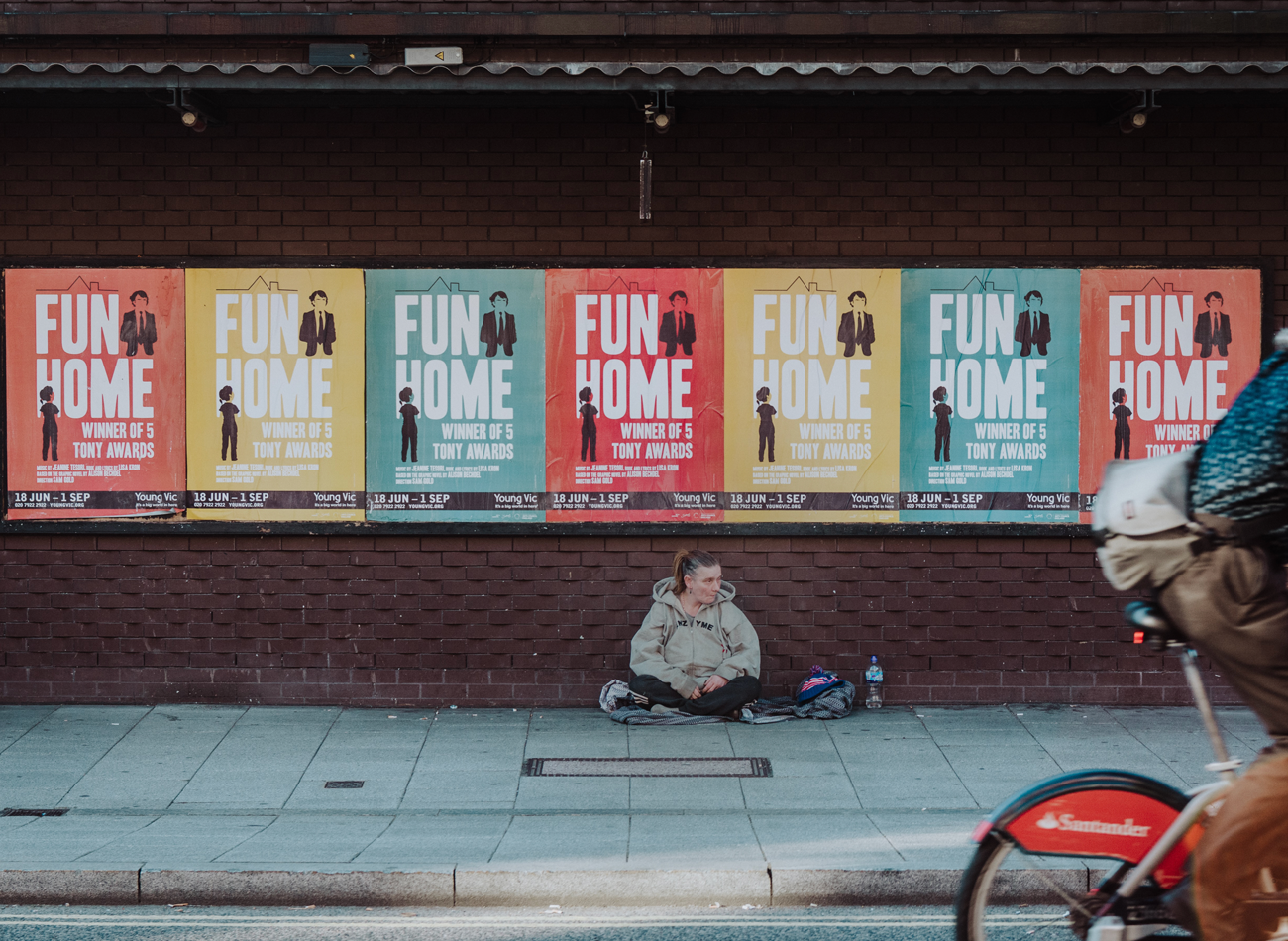The Dark side of Restoration for Tourism
All governments and international development organizations tend to emphasize the positive impacts of tourism on major cities and developing countries. No one denies the benefits that restored areas for tourism can bring in terms of job opportunities, preservation of natural and cultural heritage and economic growth.
We may be so bold as to think that the intercultural exchange that happens through tourism can be a major driver for world peace.
Following political conflicts or major disasters, tourism is often prioritized. After the Covid-19 pandemic we may see tourism as a driver for the recovery process of local economies.
However there is a darker side of tourism that travelers may not be aware of. Besides problems like environmental pollution, conflicts over the use of natural resources, political instability and socio-economic inequality; the expansion of tourism in vernacular and paradisiacal places, i.e. “the Third World”, has often contributed to widespread dispossession and displacement of indigenous communities and ethnic minorities.
People living in informal settlements, or who lack official title deeds to their land or home are particularly vulnerable to displacement. This is exactly what happened in Panama City’s Casco Antiguo.
In 1997 an Incentive Law for Casco Antiguo was enacted with the objective of preserving the architectural legacy of that area. The law promotes the restoration of buildings and requires the preservation of certain original features. It started to catalyze restoration in Panama’s Casco Antiguo, yet the direct beneficiaries from the incentives given were investors and real estate developers, while community members lost access to their homes and essential livelihoods.
As architects we may aspire to work in projects established in an area declared a UNESCO World Heritage Site. Restoring a classical building allows us to be part of history and to create a meaningful impact in a part of the city which is often set out to be a special economic force for development.
For restoration architect Hildegard Vasquez, working in Casco Antiguo was a dream come true. That is until she found out about the harsh realities her projects were instigating. Hildegard’s story has some of the most powerful lessons on empathy. See her formidable attempt to strengthen local resource rights and protect vulnerable communities from tourism-induced displacement in our Edition “Social Inclusion in Urbanism”.




Leave A Comment